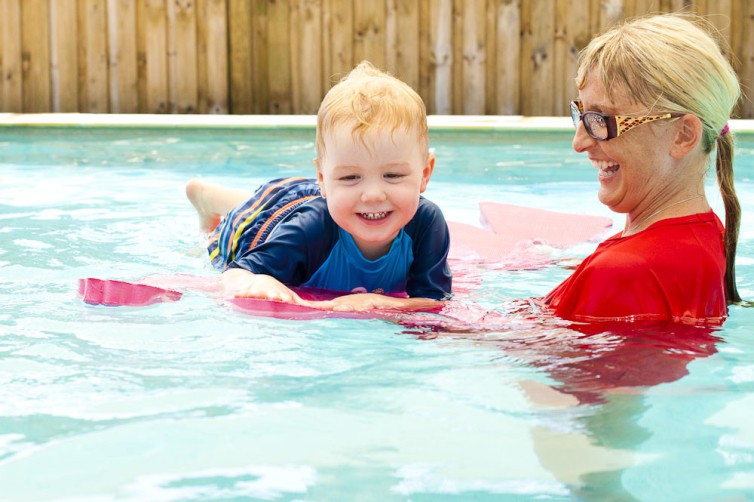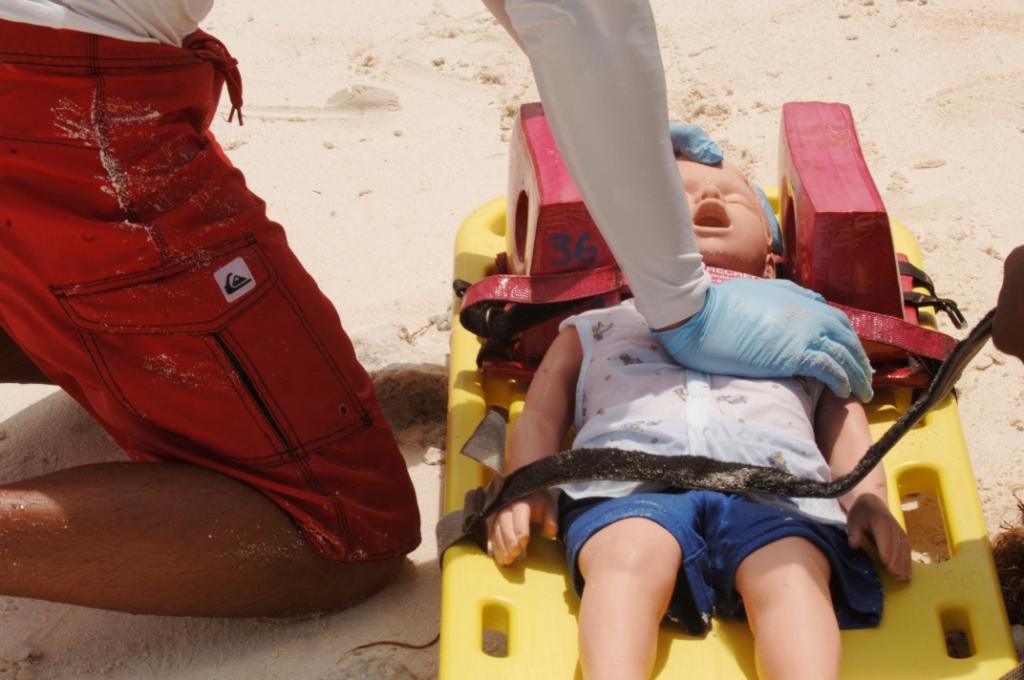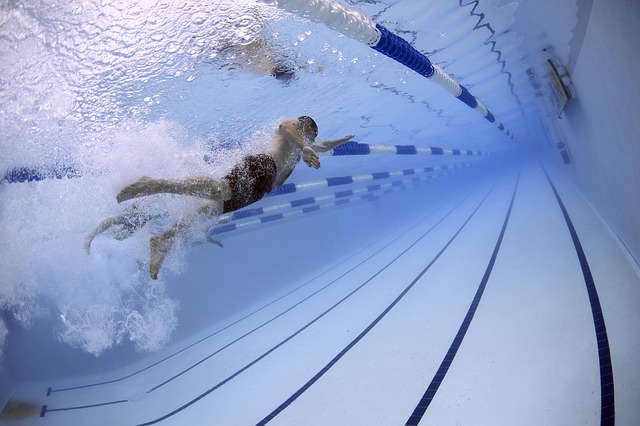Posts Tagged ‘parents’
What is relay swimming?
What is relay swimming? Relay swimming is a team event in competitive swimming where each swimmer on a team completes a specified distance using a particular swimming stroke. There are various relay events, but the most common ones are the 4×100-meter and 4×200-meter freestyle relays, as well as the 4×100-meter medley relay. Here’s an overview…
Read Morewhat is the Individual Medley?
What is the Individual Medley (IM)? The Individual Medley (IM) is a swimming event that combines all four competitive swimming strokes into one race. The four strokes involved in the IM are: Butterfly: Swimmers use a dolphin kick and simultaneous arm movement below and above the water with both arms moving in a circular motion.…
Read MoreWhich turn to use for which swim stroke?
For our symmetrical strokes, butterfly and breaststroke, we use ‘touch turns’, which requires a two–handed touch and quick tuck-and-turn to continue with speed. Whilst this may seem the simple technical turn, it still requires concentration and timing to ensure a full stroke before the glide phase. The fastest way to change direction at the wall…
Read MoreTouch Turns for Breaststroke and Butterfly
For our symmetrical strokes we use ‘touch turns’, which requires a two–handed touch and quick tuck-and-turn to continue with speed. Whilst this may seem the simple technical turn, it still requires concentration and timing to ensure a full stroke before the glide phase. Performing a touch turn in breaststroke and butterfly involves smoothly transitioning from…
Read MoreTumble Turns for Freestyle and Backstroke
The fastest way to change direction at the wall when swimming freestyle or backstroke is using a tumble turn, also known as flip turns. Tumble Turns are a technique used to transition from one lap to the next without stopping. This is where we start our somersault with our head tucked down. Please see below for…
Read MoreBabySteps Program Relaunch
At Hampton Swim School, we pride ourselves in being an industry leading swim school and we are constantly striving to deliver an exceptional swim program to our families. We understand that every child is different. Every child has different levels of experience with water, has different confidence, nervousness, anxiety, and emotional and developmental needs. Therefore,…
Read MoreTop tips for Perfecting Turns
Flipping, turning and rotating uses every single muscle in your body, and that is what is needed to maximise your turns, for each stroke. Each stroke has specific rules and directional positions, which are covered in the below top tips for turns. Let’s talk turns for each stroke: Freestyle: The fastest way to change direction…
Read MoreSWIMSTART vouchers for Queensland Families
Hampton Swim School are delighted to be confirmed as a registered SwimStart activity provider! The SwimStart program, launched by the Queensland government, allows eligible families to apply for vouchers up to $150 for swimming lessons for their children aged 0 – 4 years of age, making swimming lessons more accessible for Queensland families. Parents, carers…
Read MoreHow to swim a perfect breaststroke
Breaststroke is the slowest of the four competitive strokes but uses more muscles than any of the other three strokes. Breaststroke is what’s known as a ‘short-axis stroke’, which means you pivot your body around your mid-point across your waist, while your upper and lower body are moving up and down at opposite times, just…
Read MoreHow to swim Butterfly
Butterfly is arguably swimming’s most challenging stroke. If you’re like 95% of swimmers, then you’ve probably had trouble mastering the ins and outs the butterfly. However, when it’s done properly, butterfly can rev up your metabolism, build impressive muscular strength and give you one hell of a workout. It requires strength in all parts of…
Read MoreTop tips for improving your backstroke
Top tips for improving your backstroke: Are your knees above water during the kick? When you’re practicing your backstroke, use a kick board and place it over your knees. Then kick while keeping your knees under the water. Think ‘ballerina toes’ to keep your legs straighter, as it will minimise bending of the knees. You can…
Read MoreHow to improve your Freestyle Kick
“How do I improve my Freestyle Kick?”. Great question and we have a number of suggestions to help you on your way. The kick that comes with freestyle is called a flutter kick. It is simple and efficient, if done correctly. Some things to watch out for and work on to create the perfect flutter…
Read MoreWhen To Start Swimming Lessons?
“When is the best time to start swimming lessons?” This is the most common question we receive from prospective parents with young children. Our answer? “The best time to start swimming lessons is, as soon as your baby is born.” While the number of drownings is still going up in our country, the one thing…
Read MoreParental Influence in Baby/Toddler Swim Classes
Parents role in baby and Toddler swimming Parents seeking ways to improve their young child’s confidence, independence and relaxation in water need look no further than their role as the caregiver ahead of and during a baby swimming lesson or new born swimming lesson. The caregiver plays an invaluable role in assisting and enhancing the…
Read MorePool Supervision Essentials For Parents
Pool Supervision Essentials Everybody needs to remember not to be complacent about SUPERVISION as the primary layer of protection in the prevention of drowning. Vigilance is required, no matter how confident a young swimmer may be. Home pools are becoming more common every day. It is estimated now that more than 1 in 5 Australian homes…
Read MoreCPR On a Child – Steps to Perform to Save a Child’s Life After a Life-threatening Accident
Parental CPR Responsibility The arrival of the hotter summer months and the return to the aquatic environment is usually accompanied by a sharp increase in drowning or near-drowning incidents, especially involving children of the under 5 years age bracket. The majority of these episodes occur in backyard swimming pools, and it is often a family…
Read MoreBenefits of Swimming Lessons for Adults: Why Adults Should Learn To Swim
The Benefits of Adult Swimming Lessons The benefits of swimming can be enjoyed by adults as well as children. Parents should consider jumping in for their own health and fitness, as well as an opportunity to enjoy the water with their kids. In the course of teaching a babies’ class earlier this week, I demonstrated a…
Read More


